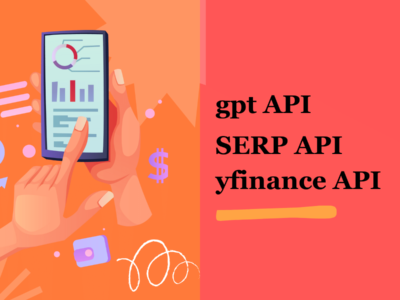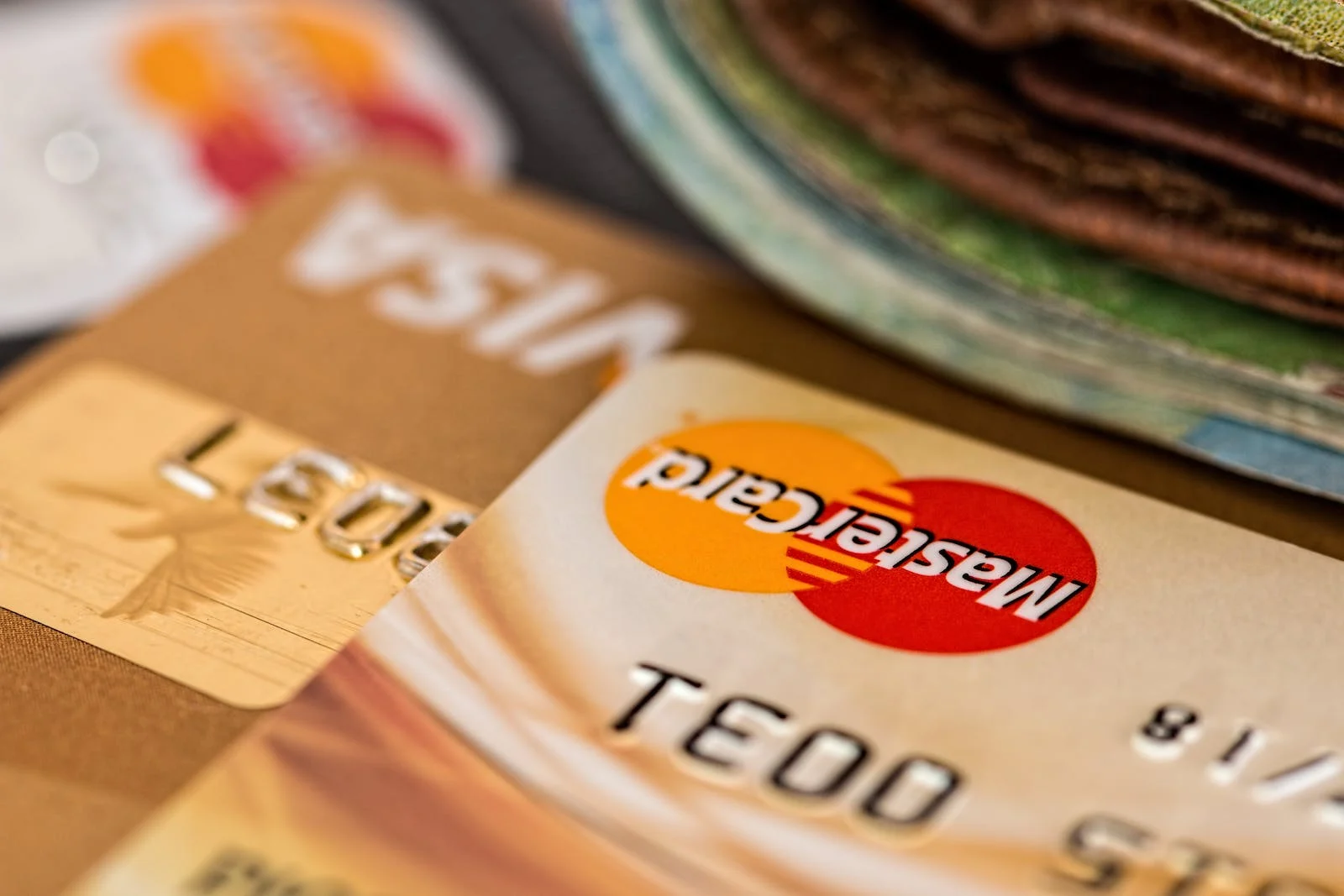Credit Card Default Prediction using Random Forest (with full Code)
🌟 Calling students and freshers eager to excel in Data Science and ace your Academic or Real-life practice Projects! Dive into “Credit Card Default Prediction using the Random Forest Algorithm”. 📊
💡 Credit Card Default Prediction may sound specific, but it’s a fantastic opportunity to boost your Machine Learning skills for your academic journey. 📈
[with full Code and Video Explainers]
In this exciting project, you’ll embark on a learning adventure with Random Forest, a must-know tool in the data science toolkit. Through hands-on experience, you’ll grasp crucial concepts like Feature Engineering, Data Preprocessing, and Model Optimization using techniques like Grid-Search Cross Validation, evaluating against Decision Tree results, all while scoring top grades in your coursework.
By doing this project, you’ll not only master Random Forest but also gain the confidence to tackle various data science challenges that will set you apart in your academic projects and lift career prospects. ⭐
#data analytics projects for students #data analytics projects for students #data analytics projects #data analytics projects Credit Card Default Prediction
Credit Card Default Prediction Using Dada Science Project For Beginner | Random Forest Project For Student
In today’s fast-paced financial world, credit cards have become a staple for consumers. They offer convenience, enable instant purchasing power, and often come with rewards or benefits that make them attractive financial tools. With the rise in credit card utilization, financial institutions and credit card companies are in a constant endeavor to maintain profitability while ensuring a seamless experience for their customers.
A significant challenge these institutions face is the occurrence of “credit card defaults rates”. A default happens when a cardholder fails to make the required minimum payment on their credit card bill for more than a certain period. Such defaults lead to revenue losses and can impact the financial health and reputation of the lending institution.
The objective of this project is to predict potential credit card defaults before they occur. By anticipating defaults, the company can take proactive measures such as personalized communication, restructuring of credit limits, or even offering financial counseling, ensuring both the institution’s and the customer’s financial wellness.
Our aim is to develop a model that can accurately identify potential defaulters based on historical transactional and demographic data. This predictive insight will empower the institution with data-driven decision-making capabilities, enhancing customer relationships while ensuring sustained profitability.
Random Forest in Credit Card Default Prediction Project for Begineers
Among the array of predictive analytics tools, the random forest algorithm stands out. This section provides an overview of how random forest contributes to accurate credit card defaulter prediction.
Overview of Random Forest Algorithm
Random forest leverages the collective power of multiple decision trees, offering robustness and accuracy in predicting credit card default.
Advantages in Predictive Analytics Project for beginners
The random forest algorithm excels in handling complex relationships within data, making it a preferred choice for credit card default prediction.
Conclusion
In conclusion, credit card defaulter prediction is a multifaceted endeavor with far-reaching implications. Leveraging advanced predictive analytics tools, such as the random forest algorithm, and addressing challenges like data quality and dynamic economic conditions are key to creating effective models. Striking a balance between predictions and privacy, embracing proactive measures, and promoting financial literacy will collectively contribute to a more resilient financial ecosystem.






